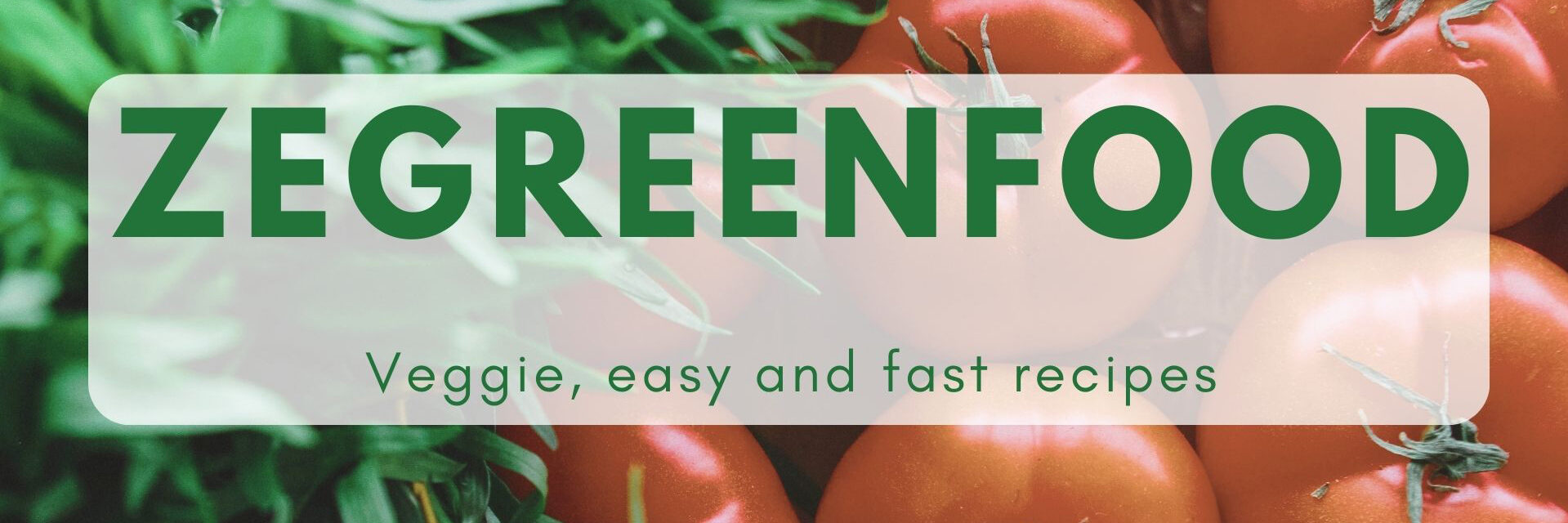What is Flexitarianism?
Flexitarianism, a term coined by blending “flexible” and “vegetarian,” is a dietary approach that offers individuals the freedom to tailor their eating habits to their preferences while promoting a more plant-centric diet. Flexitarians primarily focus on plant-based foods but occasionally incorporate meat or other animal products into their meals.
The Flexitarian Philosophy
The flexitarian philosophy is rooted in the belief that reducing meat consumption while increasing the intake of fruits, vegetables, grains, and legumes can lead to various health benefits, such as improved heart health and weight management. It’s an approach that offers a middle ground between traditional omnivorous diets and strict vegetarian or vegan diets.
Key Characteristics of Flexitarianism
Flexitarianism is characterized by several key principles:
Plant-Centric Focus
The foundation of flexitarianism is centered around plant-based foods. Flexitarians prioritize vegetables, fruits, whole grains, nuts, seeds, and legumes as the primary components of their meals.
Occasional Meat Inclusion
Unlike vegetarians or vegans, flexitarians do not completely eliminate meat from their diets. Instead, they include it on occasion, making conscious choices about the quality and sourcing of the meat they consume.
Mindful Eating
Flexitarians practice mindful eating by paying attention to hunger cues, portion sizes, and the nutritional value of their meals. This approach promotes a healthier relationship with food.
Frequently Asked Questions (FAQ)
Is flexitarianism suitable for everyone?
Yes, flexitarianism is a flexible approach that can be adapted to various dietary preferences and lifestyles. It allows individuals to choose the degree to which they incorporate plant-based foods and meat into their diets.
How often can meat be included in a flexitarian diet?
There are no strict rules regarding the frequency of meat consumption in a flexitarian diet. Some individuals may include meat in one or two meals per week, while others may choose to have it less often. It’s a personal choice.
What are some tips for transitioning to a flexitarian diet?
Transitioning to a flexitarian diet can be gradual. Start by incorporating more plant-based meals into your weekly routine and reducing the frequency of meat consumption. Experiment with plant-based recipes to discover new flavors and ingredients.
Are there any potential downsides to flexitarianism?
Flexitarianism is generally considered a balanced and health-conscious approach to eating. However, it’s essential to ensure that plant-based meals are nutritionally adequate, especially in terms of protein, iron, and vitamin B12. Consulting a dietitian can help address any potential nutritional concerns.
The Bottom Line
Flexitarianism is a flexible and sustainable dietary approach that encourages individuals to embrace the benefits of plant-based eating while allowing for occasional animal product consumption. It offers a balanced way to improve overall health, reduce environmental impact, and enjoy a diverse and delicious range of foods.
